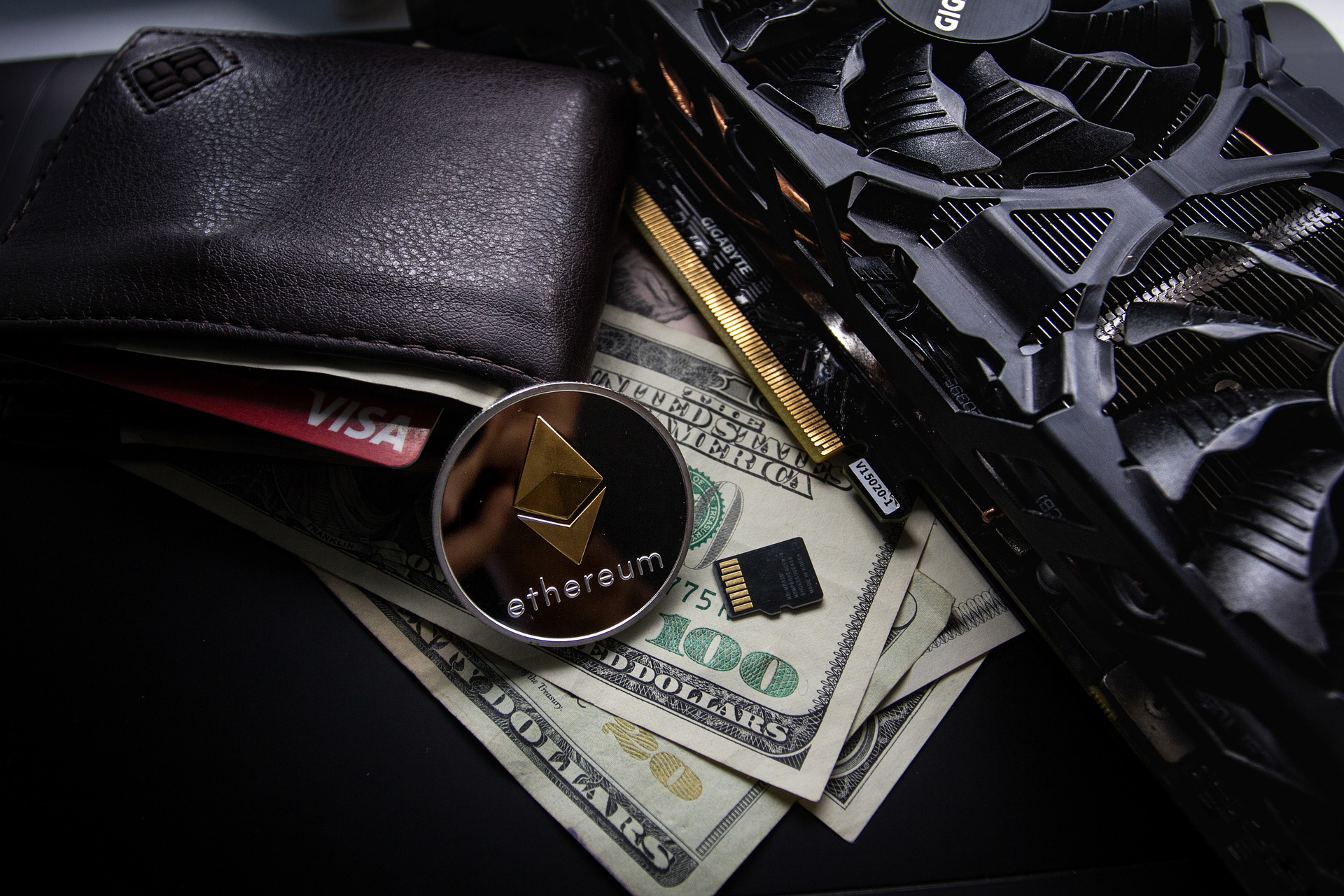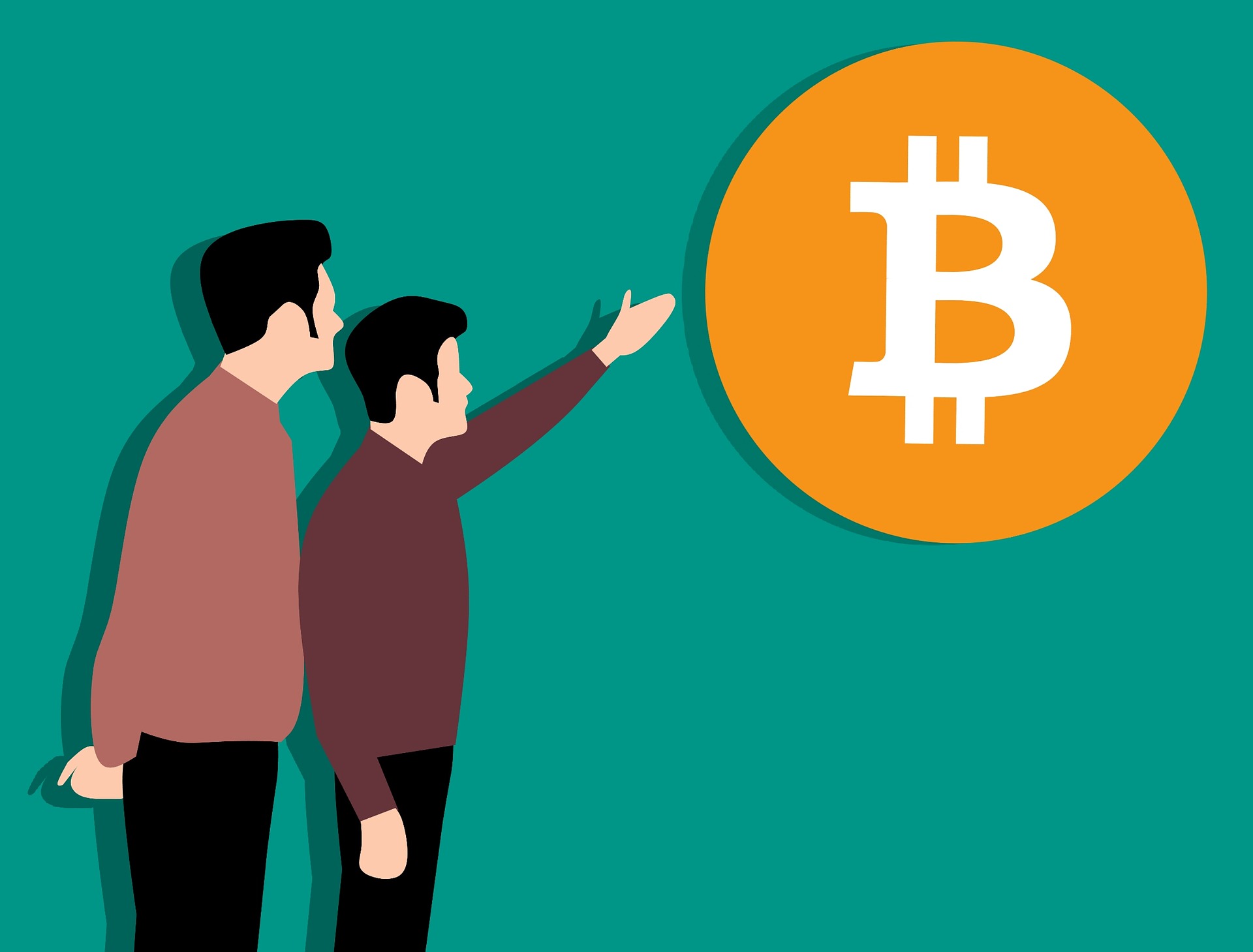To be in oblivion would be the last thing one would wish for, but all things have to vanish from the face of this planet with little to no thoughts or memories left. At some point, obsolescence will take over the existence of every being, so is the case of innovative ideas and objects. One such valuable object is the currency or coins which no longer is the rectangular piece of processed paper or the circular metal piece with engravements of great leaders on it. Over the last decade, the idea of money has taken some radical turns into creating the most advanced format of currency. The digitalized cash has taken over almost half of the world by a storm and money is no more a concept that exists in the tangible form. With cryptocurrency running parallel to the banking sector has an alluring factor that makes it peculiar; the fact of it being decentralized, unlike the typical physical banking format.
 Bitcoin was the very first cryptocurrency to be launched, and it has been in the market for over a decade now. A lot has changed in its operations and transaction methods over this period. Bitcoin started with the blockchain technology supporting its processes, where the blockchain is a ledger which is in the form of a chain of blocks and each block with a capacity to store data. Data related to the transfer of currencies are stored in these blocks, and its proper allocation along with the removal of fraudulent transactions is to be ensured by the miners.
Bitcoin was the very first cryptocurrency to be launched, and it has been in the market for over a decade now. A lot has changed in its operations and transaction methods over this period. Bitcoin started with the blockchain technology supporting its processes, where the blockchain is a ledger which is in the form of a chain of blocks and each block with a capacity to store data. Data related to the transfer of currencies are stored in these blocks, and its proper allocation along with the removal of fraudulent transactions is to be ensured by the miners.
Mining is the verification of the data and its allocation into the blocks, which is handled by numerous miners who operate from different parts of the world. The volatility of the industry makes people balk at the idea of picking the iterations, as the terrifying instability it holds could lead them to doom. But a thorough study of the industry with its benefits and drawbacks will help you to harness your accounts with ease. Trading over cryptocurrencies could appear as a daunting task with the changing technologies of mining and the various iterations that each cryptocurrency introduces. Bitcoin has its fair share of iterations with several tweaks to its previous version and Bitcoin fork is one such term that could be categorized under Bitcoin. Mining of cryptocurrencies is equally strenuous and competitive with hundreds and thousands of miners spread all across the world. But, contextually approaching, how well can the mining of Bitcoin make the accounts of miners’ chink with coins? Visit www.forex.academy to check for market updates of Bitcoin.
Bitcoin Forks
Bitcoin’s sprawling growth made it impossible for the cryptocurrency to stick to its fundamentals and had to expand its mechanisms for more efficient functioning. The initial Bitcoin structure had a blockchain size of about 1MB, which proved to be insufficient to meet the growing demand. As Bitcoin became popular, they had to implement their modified models which resolved the issue of lag in the transactions. The revamp of Bitcoin in different forms is collectively called Forks.

Forks are of two types:
Soft Forks
Soft fork is simply an update in the software that runs Bitcoin, and this update is backward-compatible. This factor makes the updated software recognizable to the old nodes, thereby making it just an update and no form of new product is launched for this purpose.
Hard Forks
Hard Fork is an iteration to the former Bitcoin; from this new version, no form of transaction is possible with the older version. This update splits the older one from the new one as no form of contact is possible between these two versions. Bitcoin split up to make forks of different features and the most prominent hard forks are Bitcoin Cash and Bitcoin Gold.
- Bitcoin Cash: This was the solution to the rising demand for Bitcoin; as more users started to flow in, it was nearly impossible to continue with the technology that existed. So, the 1MB sized blockchain was replaced with an 8MB blockchain to tackle the issue of limited size for transaction data storage, which resulted in substantial transaction lags.
- Bitcoin Gold: This was created to bring about an impartial environment in the field of mining, as mining required highly sophisticated computers with constant power supply and backup which made it difficult for the miners from several countries to invest into the process entirely. This aspect was modified with the launch of Bitcoin Gold as it permitted mining to be performed from basic systems.
- Bitcoin Diamond, Super Bitcoin, Bitcoin Core, Bitcoin God and Bitcoin Atom are some of the other hard forks generated by Bitcoin.
Profitability Of Mining
Mining process strikes a fortune in the miners, with every mine being rewarded with a Bitcoin or a fraction of it. Geneve The mining industry has witnessed a growth in the past few years and in 2019, the situation is no different. But it is those new miners who would have to go through a lot of competition and endure the hardest phase since the already established miners will have higher chances of receiving future offers. With the high-power consumption of the mining process, one should make sure to take a calculated move towards mining as it might result in a profit only if some amount could be saved after the exorbitant power expenses are paid.

Conclusion
As Bitcoin brings in new ideas to enhance the functioning of the cryptocurrency, there is a lot that one has to know before going for the new versions. In the same way, any action related to Bitcoin, be it the purchase or mining, has to be properly studied. Consider the present market situations while studying, as it would be an equally potential cash cow or annihilator like in any other business, and all of it solely depends on your decision and strategy.
